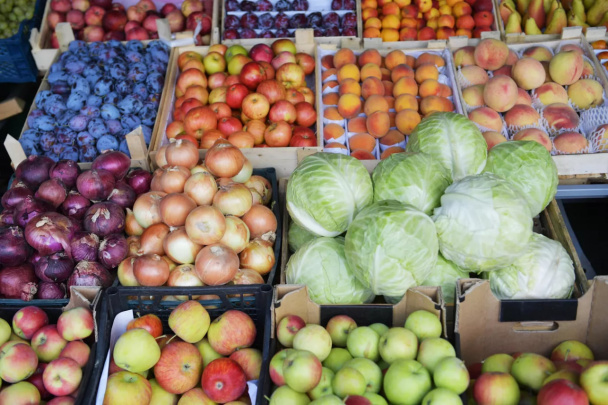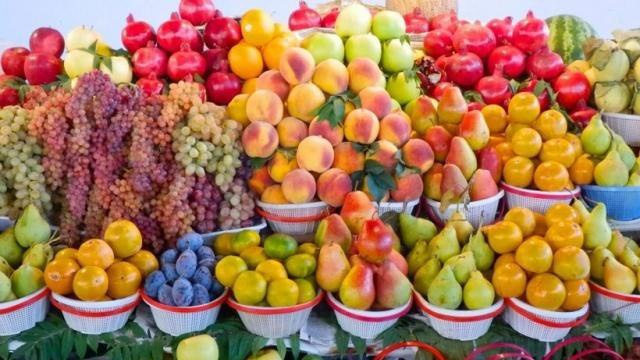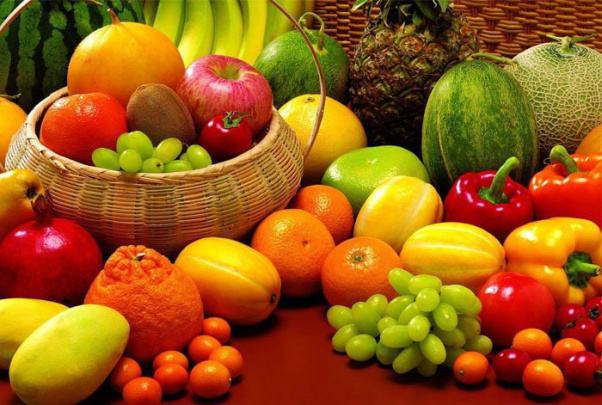Watermelon prices collapse in Central Asia: Uzbekistan and neighboring markets hit by oversupply and low demand
According to EastFruit analysts, the watermelon market in Uzbekistan and other Central Asian countries is experiencing significant challenges. Producers are reporting a lack of demand, leading many to leave their watermelons unharvested in the fields. Some have resorted to harvesting watermelons solely to feed them to livestock.
Monitoring by EastFruit shows that wholesale prices for newly ripened watermelons in Uzbekistan are currently at a record low, at just 8 cents per kilogram. However, this is the price for watermelons that have already been harvested, delivered to the market, and put up for sale. Sales at these low prices are proving to be unprofitable.
One of the main reasons for the drop in prices and the near lack of demand in Uzbekistan is the unprofitability of exporting watermelons to the primary market – the Russian Federation. In Russia, watermelon prices have plummeted to record lows, and currently, the wholesale price in Russia is approximately equal to the cost of shipping from Uzbekistan.
"Exporting watermelons to Eastern European and EU countries from Uzbekistan this season is challenging due to similarly low prices in these regions. For instance, Ukrainian farmers experienced an overproduction of watermelons and a price collapse even before the mass harvesting season began. Consequently, the price difference between watermelons in Ukraine and Uzbekistan does not cover transportation costs. Moreover, EU countries find it more economical to purchase cheap watermelons from Ukraine than to import them from Uzbekistan," explains Andriy Yarmak, an economist at the investment department of the Food and Agriculture Organization of the United Nations (FAO).
International vegetable and fruit business expert Bakhtiyor Abduvohidov notes that the situation in Tajikistan is similar. “Small watermelons are being given away for free to anyone who wants them, while larger ones can still be sold, albeit at a reduced price,” says Abduvohidov.
At the same time, some market participants do not rule out a potential slight recovery in the price of high-quality watermelons in Eastern European countries in the near future. This could be due to unusual hot weather, which might lead to some crop loss or a decline in quality. Conversely, there is an opposing view – mass harvesting of watermelons will only begin in 2-3 weeks, which could further lower price levels in the Ukrainian market.
Related News

11:24 / 19.10.2024
Lulu Group may launch fruit and vegetable exports from Uzbekistan to Kuwait

13:21 / 23.09.2024
Uzbekistan’s agricultural exports surged by 21% in Jan-Aug 2024

13:19 / 13.08.2024
Andijan region tops fruit production in Uzbekistan

15:35 / 01.07.2024



